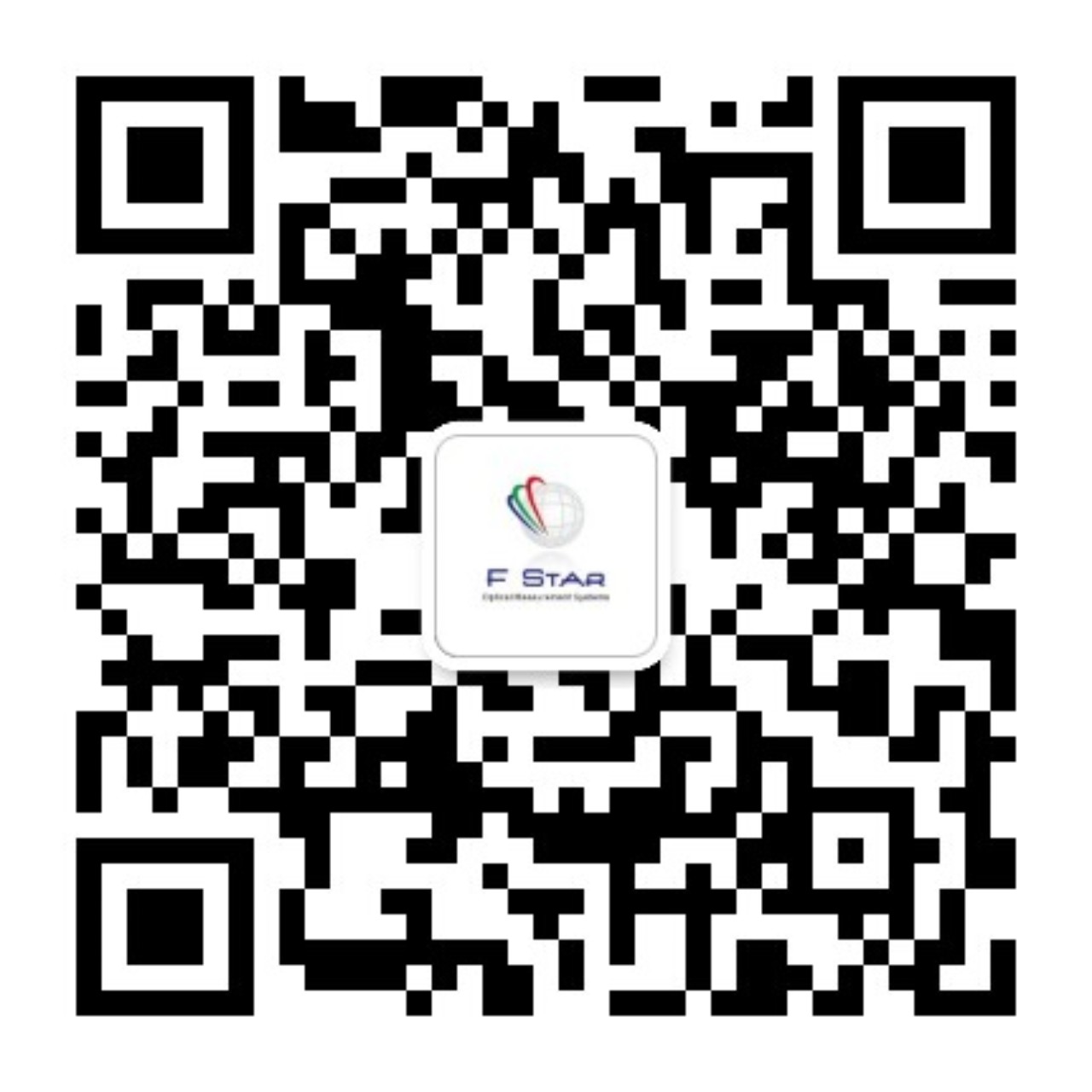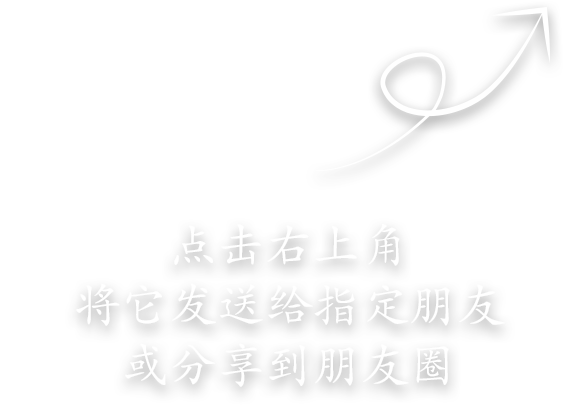Imaging Colorimeter DI Series DI Series is an area optical measuring instrument developed by Fstar for automatic optical inspection of flat panel displays. It adopts a cooled image chip to obtain high-quality imaging and integrates a spectrometer optical path to enhance the accuracy of luminance and chrominance measurements. With resolutions ranging from 12 million pixels to 61 million pixels across different models, it meets various testing needs of users.
Imaging Colorimeter DI Series mainly measures: luminance and chrominance uniformity (including black state uniformity), display defects (point/line defects, surface defects), Mura and light leakage, third-order image retention, Black Mura, HUD (Head-Up Display) optics, short-term image retention, and AR/VR optical characteristics.
APK Image Signal Automatic Control
Through WiFi communication between the mobile APK and PC, it controls synchronous image switching, completing the switch from a checkerboard pattern to the test pattern within 0.1 seconds, featuring high speed and good stability.
Electronic Lens Control
The system hardware integrates a focusing drive module, enabling electronic control of focal length and the EMD (Electromagnetic Diaphragm) unit in the lens via software. It automatically adjusts exposure and related parameters to find the optimal test image, easily adapting to different testing environments.
Dual-Layer Cooling System
The dual-layer cooling system minimizes measurement noise and drift, allowing precise analysis of weak light signals. By increasing gain, exposure time is controlled within 100ms, shortening measurement duration.
High-Resolution Image Sensor
Equipped with a 14-bit CCD, it offers excellent luminance resolution. When the luminance of the test image is 10cd/m², the camera can distinguish luminance differences as small as 0.0024cd/m², and can capture one image every 1 second.
Built-in Spectrometer
A built-in spectrometer enhances the measurement accuracy of luminance and chrominance.
Factory Calibration
The instrument is calibrated before leaving the factory. Changes in test distance, focal length, aperture, etc., do not affect the accuracy of luminance and chrominance measurements.
Luminance and Chrominance Analysis (including black state uniformity test)
Measurement functions:
Short-Term Image Retention Test
Key challenges in short-term image retention measurement:
Spectral Analysis Measurement
Supports spectral calibration and can be used as an independent spectrometer.
Third-Order Image Retention Test (German automotive display test standard)
The Area Sticking Image Standards for Displays formulated by the German Automotive OEM Work Group Displays in 2015 defines the test method for third-order image retention.
Black Mura Test (German automotive display test standard)
The Uniformity Measurement Standard for Displays V1.30 updated by the German Automotive OEM Work Group Displays in 2018 defines the testing and calculation methods for luminance uniformity and Black Mura of automotive displays. Unlike the calculation in SEMI D31, this standard focuses on Black Mura testing under black screen and uses relative brightness gradient (instead of contrast and area) for calculation to define Black Mura.
Test results should include:
Head-Up Display (HUD) Optical Test
The automotive head-up display system is an important development trend in future automotive instrument display technology and has been applied in some high-end models. Like any other display, visual performance is crucial to the functionality of HUD systems. During use, the HUD system must ensure that projected information is clearly visible from the driver's position, with correct projection position, color, luminance, and clarity, and that it can be distinguished from the surrounding environment to avoid interfering with driving or distracting the driver. Poor-quality HUD systems pose hidden dangers to driving safety, making it critical to inspect the imaging quality of automotive HUD systems.
HUD measurement items:
Character Test
For character measurement, judgment criteria for each ROI (Region of Interest) can be set separately, including luminance uniformity, average luminance, chromaticity x, chromaticity y, and character display defects (missing, omitted, incorrect, etc.) (effective only when defect detection is enabled). The software supports simultaneous analysis of multiple characters and single-character analysis.
Ambient Light Test
Ambient light products mainly consist of LEDs and light guides. Different light guide products have different requirements for optical distribution—for example, some pursue uniformity, while others require gradients. Due to the microstructural characteristics and irregular (non-planar) shapes of light guide products, defining them simply by uniformity presents practical issues. However, ensuring consistent performance for the same model of products is feasible.
Sparkle Detection
Displays may produce perceptible sparkle under different lighting conditions, reducing the contrast and color saturation of visual information on the screen. Sparkle (a type of random moiré pattern) results from the interaction between the display's pixel structure and the anti-glare layer (AGL). The scattering anti-glare layer reduces reflected light and avoids perceived reflections of ambient light sources by applying scattering microstructures to the top surface of the display. However, as the user's viewing direction/position, light source intensity, and color change, small sparkles may appear on the display, leading to a poor user experience. Sparkle detection quantifies display sparkle reproducibly by evaluating visual flicker, clarity of transmitted images, and reflectance/transmittance against viewing direction (i.e., scattering distribution function) under settings compliant with the Black Mura standard.
Pixel Analysis Measurement
Equipped with a microscopic lens, the Imaging Luminance and Chrominance Meter enables optical test analysis and defect detection of display pixels and sub-pixels. Users can freely select ROIs based on the display's pixel arrangement. Measurement results include coordinates, maximum/minimum/average luminance, chromaticity x, chromaticity y, color difference Δu’v’, and color temperature (Tc).
Backlit Keyboard Measurement
Backlit keyboards may have significant differences in luminance and chrominance, affecting user experience. The DI instrument can detect the uniformity of luminance and chrominance of backlit keyboards, as well as the luminance and chrominance of individual keyboard characters. Measurement conditions and pass/fail criteria can be set.
Display Defect Detection
Display defect detection items: black spots, bright spots, bright lines, dark lines, weak lines, foreign objects, stains, image abnormalities, color shift, dents, and liquid crystal leakage.
Backlight module defect detection items: white bright spots, black spots, foreign objects, stains, debris, scratches, film displacement, light leakage, and black/white shadows.
Mura and Light Leakage Detection
The SEMI D31 standard serves as the basis for Mura and light leakage detection.
{{data.abstract || "No product introduction available"}}


